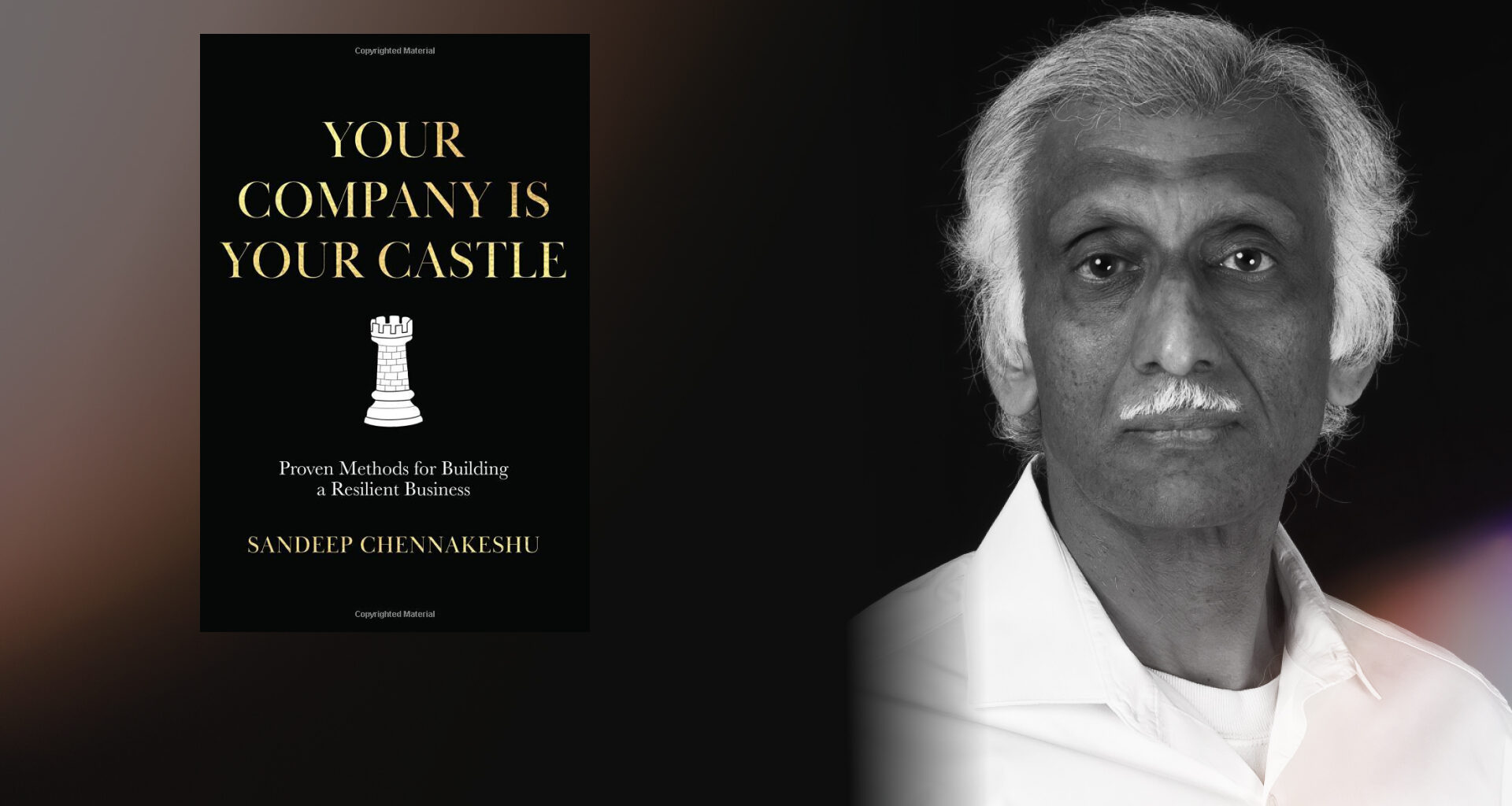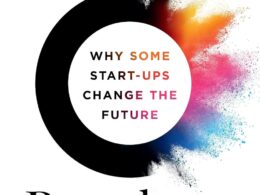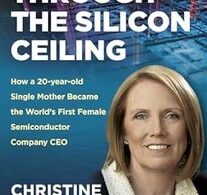The following is an excerpt from “Your Company Is Your Castle: Proven Methods for Building a Resilient Business” by business transformation veteran Sandeep Chennakeshu. Fedd Books. 2023.
So often, as I have seen in my career, companies identify brilliant ideas that could lead their products to large market share, but they ultimately fall short. The two main reasons for this are because their plans are not well thought through and because they get distracted, lose focus, and don’t execute well. In the end, the product does not turn out to be what it was meant to be. This is fatal.
To make a disruptive product from a disruptive idea, many things need to come together. Delivery of a disruptive product requires
- defining your product’s winning proposition; and
- planning and executing every step that realizes that proposition.
I will use the famous Harvard business case study on Southwest Airlines to illustrate my point. Southwest Airlines entered a crowded U.S. market in 1993 amongst a field of eleven competitors. Their product was a service—airplane travel.
Their strategy was to enter as a budget airline with a twist. Their benchmark for pricing wasn’t other airlines but any form of transportation, including automobiles. This was radical thinking. Could it be done?
This meant they had to streamline their costs to compete with people driving between cities instead of flying. They knew what it cost to drive between cities, and that was one important data point in their model. They must have also estimated how many passengers would fly with them at various ticket prices. To be profitable, the cost per passenger had to be lower than the ticket price.
The main costs of running an airline includes cost of airplanes (buy or lease), fuel, airplane maintenance costs, landing costs at airports, gate occupancy costs (depending on how long the plane is parked at the gate), labor costs (people who work for the airline), food and drinks for passengers, and marketing costs to get passengers to fly in your planes.
To optimize their costs, Southwest flew one type of aircraft (the Boeing 737) and used relatively newer planes to reduce maintenance. They solicited ideas from their pilots to reduce fuel costs. They flew directly between smaller airports that had lower landing fees. Several other airlines used a hub and spoke model—flying to hubs and making connections to the destination. Southwest expedited boarding and deboarding passengers, reducing gate occupancy time. They served drinks and peanuts but no food, eliminated paper tickets, and used direct internet marketing—no travel agents or intermediaries. This made them very cost competitive. I am sure they iterated their plans many times to get their costs right to secure profitability.
Cost was not the only factor. They modeled the most convenient times for their target passengers to fly, made booking tickets easy, simplified the boarding process, made passengers feel welcome on the plane, and made sure that passengers were okay trading no food for a cheap ticket.
Well, it worked. Southwest has morphed since those early days. They may not even be the cheapest airline today. However, they are the only domestic airline in the world that has been profitable for forty-seven years.






